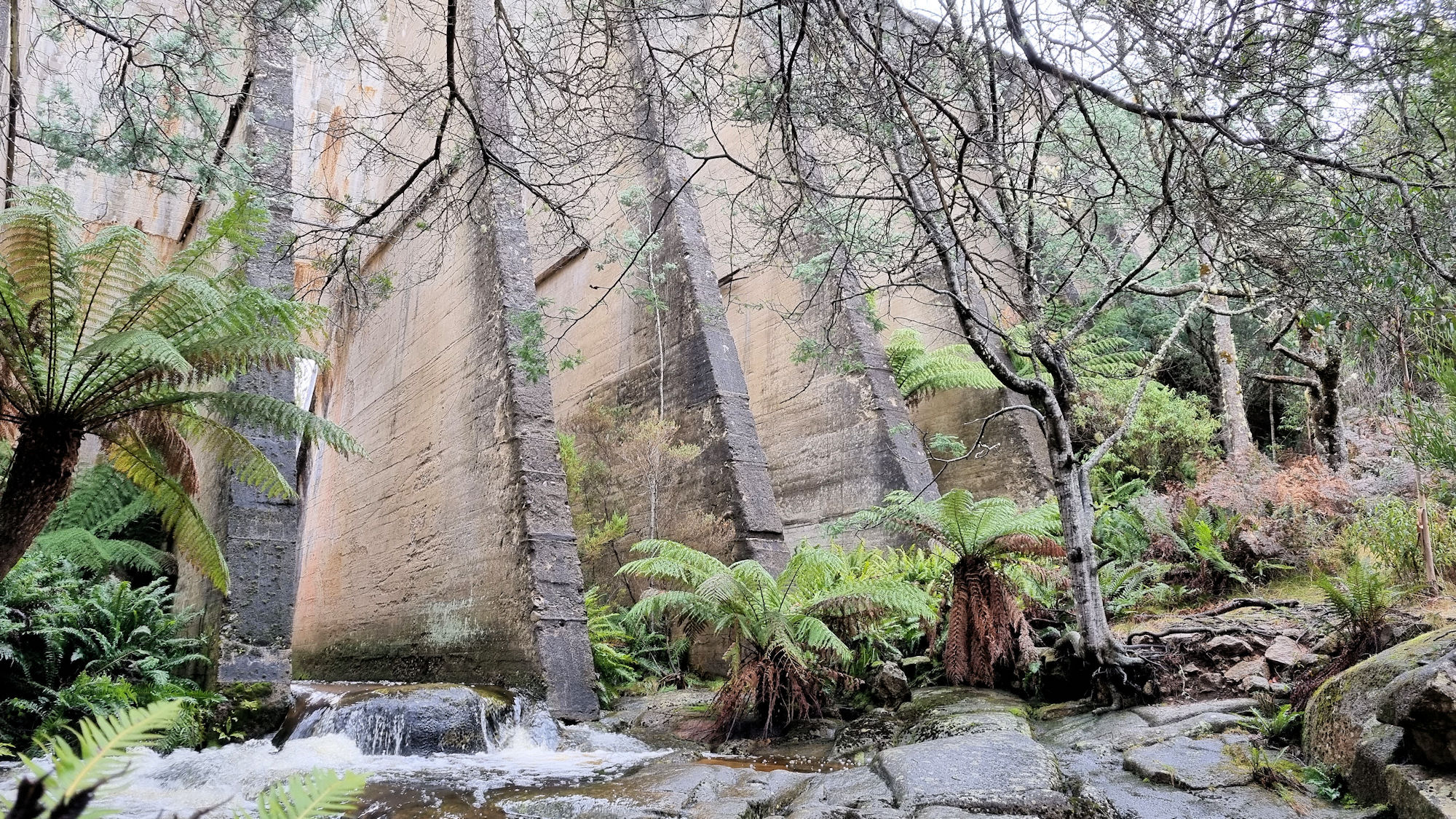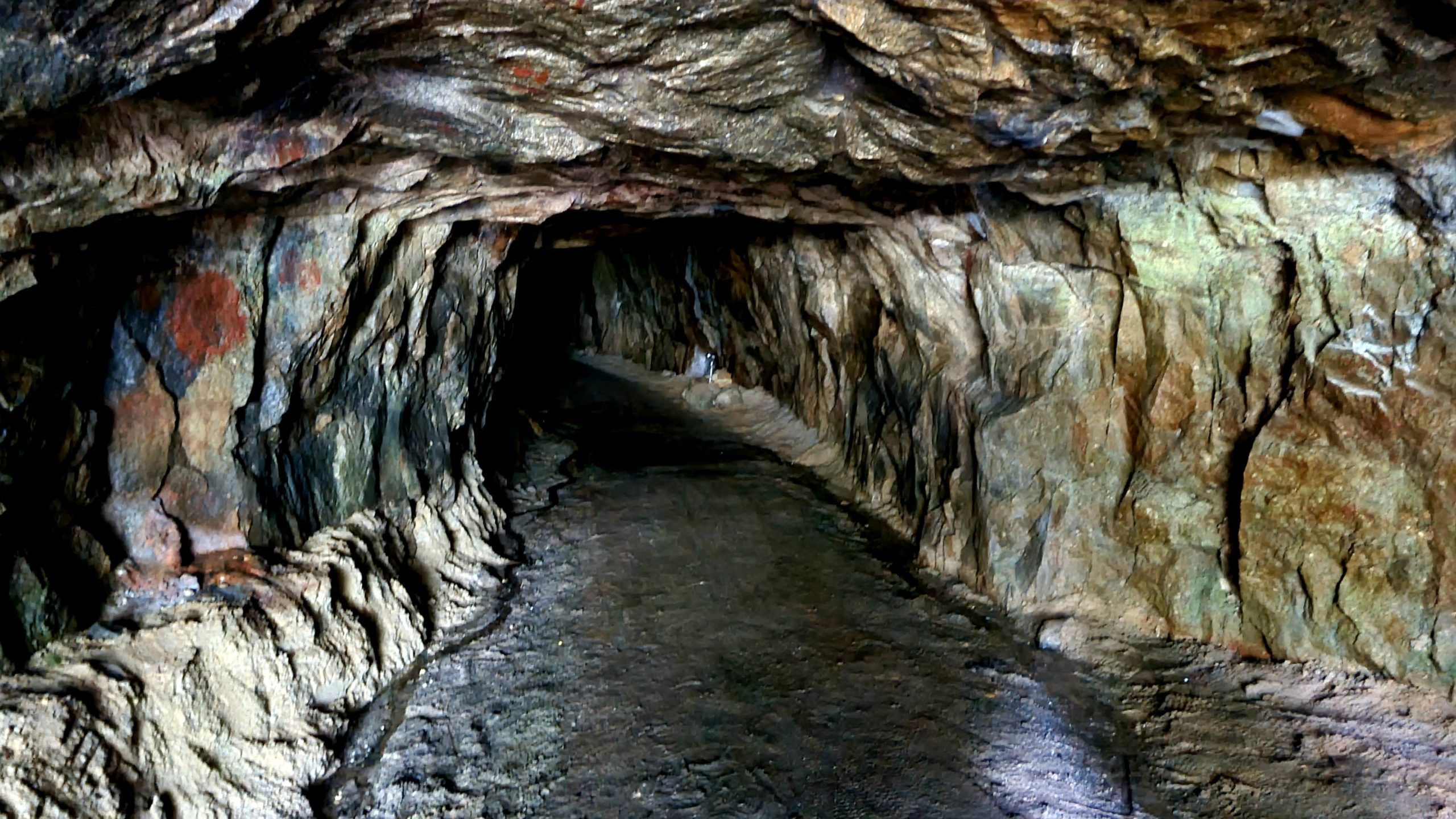Category: Building
Building
-
Coal Mines Historical Site Tasmania

Coal Mines Historical Site The location of Tasmania’s first operational mine, the Coal Mines Historical Site, is now part of a World Heritage listed site where the ruins form a reminder of the past. Interpretive signs throughout the site not only describe the buildings use, but provide an insight into life there, by describing the… Read more
-
Mount Paris Dam Wall Tasmania

Mount Paris Dam Wall Mount Paris Dam Wall, on the Mt Paris Road, is the only surviving pillar and slab dam in Tasmania. Built across the Cascade River using only shovels and wheelbarrows in 1937, it was originally named the Morning Star Dam. An 11 Km water race connected it with the Mt Paris Mine.… Read more
-
Derby Tin Mining Tunnel Tasmania

Derby Tin Mining Tunnel Originally a tin mining district, Derby is now a haven for mountain bike riders, with an established series of bike trails in the district. A remnant of the mining history has been incorporated into the bike and walking trails, making an excellent addition to the usual Australian bush you usually go… Read more